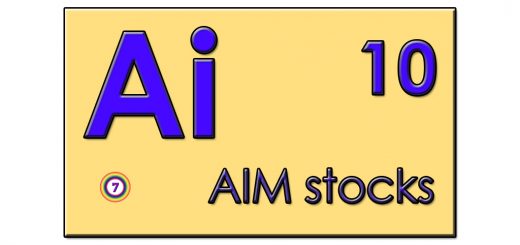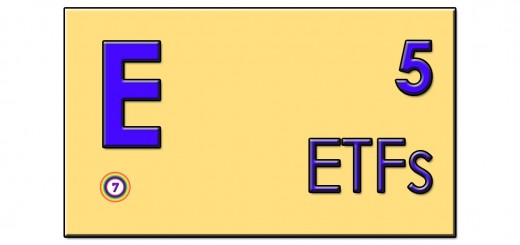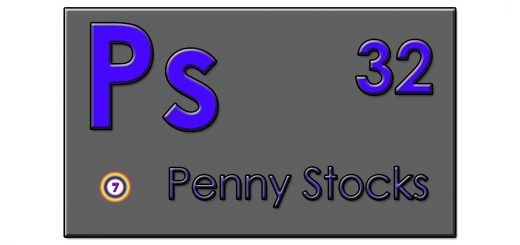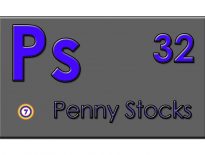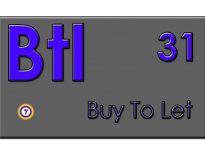Hedge Funds – Elements 26

Hedge Funds
What are they?
Hedge funds form a synthetic asset class made from blending the other asset classes and products in an uncorrelated and often somewhat aggressive way.
- A individual hedge fund is a type of pooled investment that uses “alternative” strategies.
- They date back to the 1950s, but became much more popular in the 1990s.
There’s no single definition of what constitutes a hedge fund – each fund will have it’s own strategy.
- The name comes from the early funds, which used a long-short approach to hedge their market exposure.
Here are some of the most popular sub-categories of hedge fund at the moment:
- Market Neutral, Activist, Convertible Arbitrage, Equity Long Short, Fixed Income, Fund of Funds, Options, Statistical Arbitrage, and Macro.
What kind of element is it?
Hedge Funds are an asset class – a subdivision of financial assets.
Who needs it?
Hedge funds get a bad press these days, for two reasons:
- not-great performance since the 2008 crisis (these are not ideal market conditions for hedge funds)
- and the high fees charged by their managers.
Fees are typically “2 and 20” – 2% pa plus 20% of upside performance (but not of the downside. obviously).
Warren Buffett’s famous (winning) bet that the S&P 500 would beat a portfolio of hedge funds over 10 years probably didn’t help much, either.
- And neither did the Bernie Madoff scandal – his Ponzi scheme was structured as a hedge fund.
There have been other scandals, often involving insider trading (eg. Steve Cohen at SAC).
Yet I will argue that for investors with larger portfolios, hedge funds can be useful.
- Their moderate returns and low-ish correlation with equities (and the FTSE-100 in particular) make them a useful diversifier.
So an investor with a substantial portfolio (potentially anyone aiming for financial independence) could benefit from a small position (say 5%) in Hedge Funds.
- Of course, how much exposure to Risk/Growth assets (and by extension, to Diversifying assets) you are prepared to tolerate will depend on your personal attitude to risk.
What comes before it?
Hedge Funds are one of the riskier asset classes, so there’s quite a lot that comes before it.
- You’ll need a financial plan, an annual budget to be sure that you have spare cash to save, and some financial statements to show where you are on your journey.
- Next you need to deal with your debts – you should have no debts other than a mortgage on the property you live in before you start to build up an investment portfolio.
- And you need to build up a cash reserve – six months of expenses is the usual recommendation.
- Finally you need to have a plan for where you will live.
- It’s fine to rent, but not usually the most profitable long-term option in the UK.
- But if you decide to buy, you need to have a plan for how you will finance this.
- And you need to be certain that you have spare money on top that can be used for investments.
And when you start investing, your first asset classes are likely to be Growth Assets (usually Equities) and Defensive Assets (like Bonds).
- Once you have these in place, you can think about Diversifying Assets like Hedge Funds.
In practical terms, you also need a product to put your Hedge Funds (( strictly, investment trusts – see below )) in.
- This should be a tax-wrapper like a SIPP or an ISA
- Hedge Funds won’t be available in most workplace pension plans.
What comes after it?
Other Diversifying Assets, like Gold and other Commodities, and FX.
- Then the late (Decumulation) stage Investing Elements like Drawdown, IHT Portfolios, Wills and Trusts.
What age do you need it from?
For almost your entire investing career:
- Ideally you will be investing from 25 to 75, or even to age 85.
- It might take you a few years to get to the stage when you need Diversifying Assets, so let’s say from age 30.
Ignore the recent trend towards “life-styling”, where you drift towards bonds as you age.
- this is a leftover from the days of annuities, when it was important that your portfolio didn’t crash just before it was converted into a monthly income.
Annuities are poor value now compared with drawdown, and retirement will last much longer than it used to.
- So it’s safe to stick with a diversified portfolio (including Hedge Funds) for the long-run.
What age do you need it until?
You need Growth and Diversification assets until you decide to switch from your own retirement portfolio into a monthly annuity payment.
- Given current interest rates and longevity projections, this is unlikely to be before the age of 75.
An alternative scenario would be failing mental faculties which make you no longer feel confident that you can manager your own portfolio.
- If you have no one who can take over for you (via power of attorney), you might want to move into less volatile assets, or convert into an annuity.
How much does it cost?
As noted above, Hedge Funds are not low-cost assets.
- They typically charge 2% pa, plus a 20% performance fee.
- Funds of Funds with add another layer of fees.
The investment trusts you access them through are treated as shares, and attract further fees from the holding platforms and tax wrappers.
What’s in it?
Hedge funds can invest in anything that they think will make money.
- This includes stocks, bonds, futures and options.
- Gearing is often a big factor, too, as are propeller-head algorithms.
The basic idea is that hedge funds deliver a positive return whatever the market conditions.
- This has come to be known as Absolute Returns.
The real problem with Hedge Funds is how to get at them.
- Real hedge funds have high minimum investments that put them out of reach for most private investors.
- There are also restrictions on which people they can be marketed to (here in the UK, only to “sophisticated” and “high net worth” investors).
Over in the States they have a thing calls “hedged mutual funds” (HMFs) which share some of the characteristics of hedge funds.
- The nearest thing we have over here would be absolute return funds, which have not done too well in general, though you may have your favourites.
- But I won’t be discussing hedge-like OEICs any further.
Because what we have as well are investment trusts (ITs).
- There are several ITs that provide access to hedge funds and can be held as normal in your ISAs and SIPPs.
- 10 years ago there were plenty of these funds, but many hedge funds have since gone back to being private.
- Interestingly other diversifying asset classes (Private Equity, Infrastructure, Specialist Property) have become much more common.
I can only think of three listed hedge funds today, two of which are from Brevan Howard:
- BH Macro and BH Global
There’s also Highbridge Multi-Strategy.
- And there’s a bond fund called Acencia Debt Strategies, which I will file under fixed income. (( If anyone knows of any others, please let us know in the comments ))
So to make this asset class more interesting, I’m going to widen the definition.
First up we have the activist funds, which are more correctly special situations operations:
- Third Point Offshore, run by Dan Loeb
- Pershing Square, from Bill Ackman, and
- Crystal Amber, run by Richard Bernstein
We can also include the multi-asset, defensive / personal convictions funds, of which there are seven:
- Personal Assets Trust
- Capital Gearing
- RIT Capital Partners (the Rothschilds’ family fund)
- Ruffer Investment Company
- Aurora IT, from Gary Channon
- Tetragon Financial
- Sanditon
So now we have 13 trusts, which is plenty.
- You can find details on all of them here.
What does a good one look like?
A good diversifying investment is one that performs well.
- It should deliver returns close to those of equities, with a low correlation to equity returns.
- Unfortunately such investments are hard to identify in advance.
But you should do okay with a mix of the thirteen funds discussed above.
What does a bad one look like?
A bad Hedge Fund investment would be one that doesn’t deliver moderate, uncorrelated returns, and / or is accessed via an illiquid product (not the ITs listed above).
Any recommended brands?
Brevan Howard are probably the market leaders in pure listed hedge funds in the UK.
- But many of the funds mentioned above are well known and linked to familiar faces.
What are the main risks?
Hedge Funds are risky full stop, and you may not get the returns you expected, or even the return of your initial capital.
How do you deal with these risks?
Diversification.
- Buy several funds rather than just one.
And remember that Hedge Funds should make up only a small part (5% to 10% at most) of your overall portfolio.
- You will also need Growth assets (Equities) and Defensive assets (Bonds and Cash), as well as other Diversifying assets (Property and Commodities, Private Equity).

